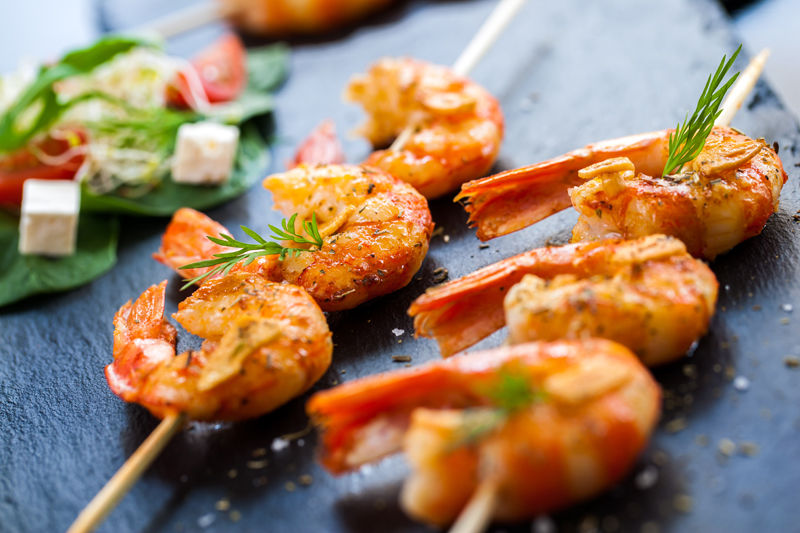As the last third of Lent begins this Sunday, it’s time to hunker down to more fervent sorrow for sin as the universal Church enters Passiontide.
In the three-year cycle of readings for the Fifth Sunday of Lent, Passion Sunday in the Extraordinary Form, the Gospel is taken from St. John’s account. Each selection reveals the ever-increasing danger facing Jesus. Intimations of death are pervasive, underscored by breaths of mercy and salvation, as the Church invites the faithful to prepare for the Passion.
Imagine entering a home during a thorough cleaning. With items removed, furniture draped and walls bare, one is chilled with unfamiliarity, absence and emptiness. Similar sensations should overwhelm us as we enter church to find the crucifix and images veiled in somber purple. Ecclesiastical architect Jason John Paul Haskins well describes the purpose of this ancient custom as “a visual and devotional fast.”
Msgr. (now Bishop) Peter Elliott explains, “The custom of veiling crosses and images in these last two weeks of Lent has much to commend it in terms of religious psychology, helping us to concentrate on the great essentials of Christ’s work of Redemption” (“Ceremonies of the Liturgical Year,” Ignatius Press, 2002).
Twenty years ago my son DeForeest, then only 6, and I were on a trip and stopped to visit a Catholic church. Behind the altar loomed one of those trendy Resurrection crosses from the 1970s. A huge figure of the Risen Christ soared several feet away from a cross. We were both struck by the oddity.
Was it a “crucirrection”? A “resurfixion”? As a conflation of two separate events it sadly failed its function as a sign of the sacrifice enacted there. Says Father Edward McNamara, professor of liturgy at the Pontifical University of Regina Apostolorum: “A figure of the Risen Lord or any other similar image of Christ does not substitute for the crucifix” (Zenit, Dec. 20, 2011).
Per ¬ß308 of the General Instructions of the Roman Missal (GIRM): “Either on the altar or near it, there is to be a cross, with the figure of Christ crucified upon it. … It is desirable that such a cross should remain near the altar even outside of liturgical celebrations, so as to call to mind for the faithful the saving Passion of the Lord.”
Despite being only the first week of Lent the huge Christ figure in that church was tightly swathed in purple cloth, suggesting a mummy. The rubric states that images should be draped, not wrapped. The veiling is to occur in Passiontide, not on Ash Wednesday.
Another mistaken variant is to array crucifixes, paintings or statues with artsy garlands of purple ribbons or cloths. This turns the sign of absence and mourning into a mere exercise in aesthetics or décor.
Christian psychobabblers tell us the crucifix bearing a dying or dead Christ scares people. Besides, they tell us, “We’re a Resurrection people.” This attitude ignores the truly sacred nature of the Mass as the extension of the one sacrifice of Jesus on Calvary through time.
In the Sacred Liturgy, as St. Paul makes clear in 1 Corinthians 1:23, “We preach Christ crucified, a stumbling block to Jews, to gentiles a folly.” And an obnoxious embarrassment to untrained or poorly-catechized members of liturgy committees.
After severely spraining my wrist my son, DeForeest, now grown, kindly wrote the second half of last week’s article. DeForeest, a budding nutritionist, chose the recipe and shared some beautifully wise reflections on faith and cuisine. I happily thank him for his assistance.
Thanks are also due to Father Leo Patalinghug for contributing this week’s recipe. More of Father Leo’s recipes may be found at his blog, Grace Before Meals, a family, faith, and food apostolate to strengthen relationships www.gracebeforemeals.com.
Ingredients for Sweet Chipotle Grilled Shrimp
1 pound of medium sized shrimp
(deveined and peeled, with tails on)
1-1/2 tsp. salt
1-1/2 tsp. pepper
1-1/2 tsp. of chipotle spice
1/2 cup of honey
1 lime, juiced and zested
Toothpicks
Cooking Instructions
Set oven to broil. Prepare a pan with a roasting track. Use 2 toothpicks to tightly skewer 2-3 shrimp together. Season with salt, pepper and chipotle seasoning on both sides.
In a separate bowl, mix together honey, lime juice and zest. Drizzle honey lime mixture on both sides of the shrimp. Place shrimp on the roasting rack with about 1/4-inch of space between each shrimp skewer. Put under broiler for five minutes or until you see the tail turn a bright orange-reddish-pink color.
Remove shrimp, flip the skewers and cook under the broiler for another five minutes or until the tails are slightly charred and bright-orange-reddish-pink, and the shrimp are milky whites. Plate shrimp with lime slices and pour the juice from the pan on the shrimp for more flavor.

